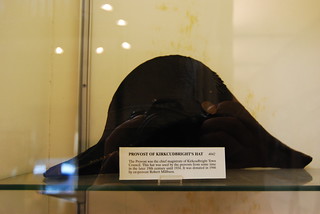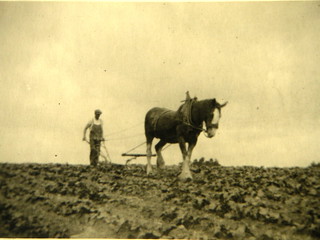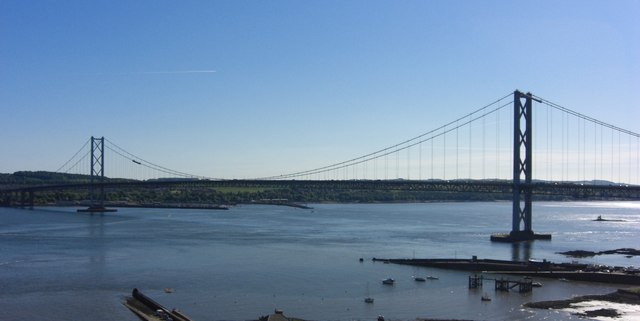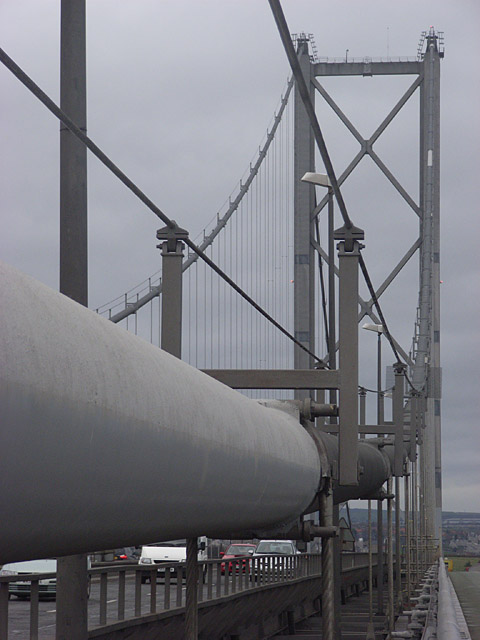Day after day people visit archives around the world and look at historic paper records. Sadly each time these items are handled they deteriorate. There is no point, though, in keeping records if nobody can ever access them!
 |
| Letter found in Sheriff Court records. NRS reference number SC62/10/390 Heatlie V Bell |
Back in 1911, when access was requested to the Old Parish Registers of Scotland (OPRs), the then Registrar-General (James Patten McDougall) said “...I am afraid it would open a very wide door and might lead to abuses, e.g. the public would come here without having recourse to the ordinary registers, and their object in coming might be prompted by mere inquisitiveness. Further I am afraid that these old books would not last long if handled by all and sundry.”
I wonder what poor James would make of Scotland’s People? Perhaps he would be delighted as it means that we do not have to handle the original volumes any more. While we might find his words amusing, we also must acknowledge the point: the more often books are handled the more quickly they will wear out!
Whilst the OPRs, census returns, valuation rolls, birth, marriage and death records have now been digitised this is a drop in the ocean of what exists in the National Records of Scotland.
 |
| Mental Health Records. NRS reference number MC7/1 |
The documents Graham and I are indexing for scottishindexes.com have not been digitised, meaning that we are making use of the original records. As such, we have a responsibility to look after the records we access and avoid damaging them for future generations.
On occasion, we find that cannot read a record in entirety, often because a volume has been bound tightly and some of what is written is obscured by the binding.
When this happens, it may mean that a record, or index entry cannot be completed. In such cases, we insert in square brackets what we believe will complete the record, or indicate that something is missing.
When searching scottishindexes.com and you see square brackets you’ll now know what they mean, and you can rest assured that no books were harmed in the making of the index!










